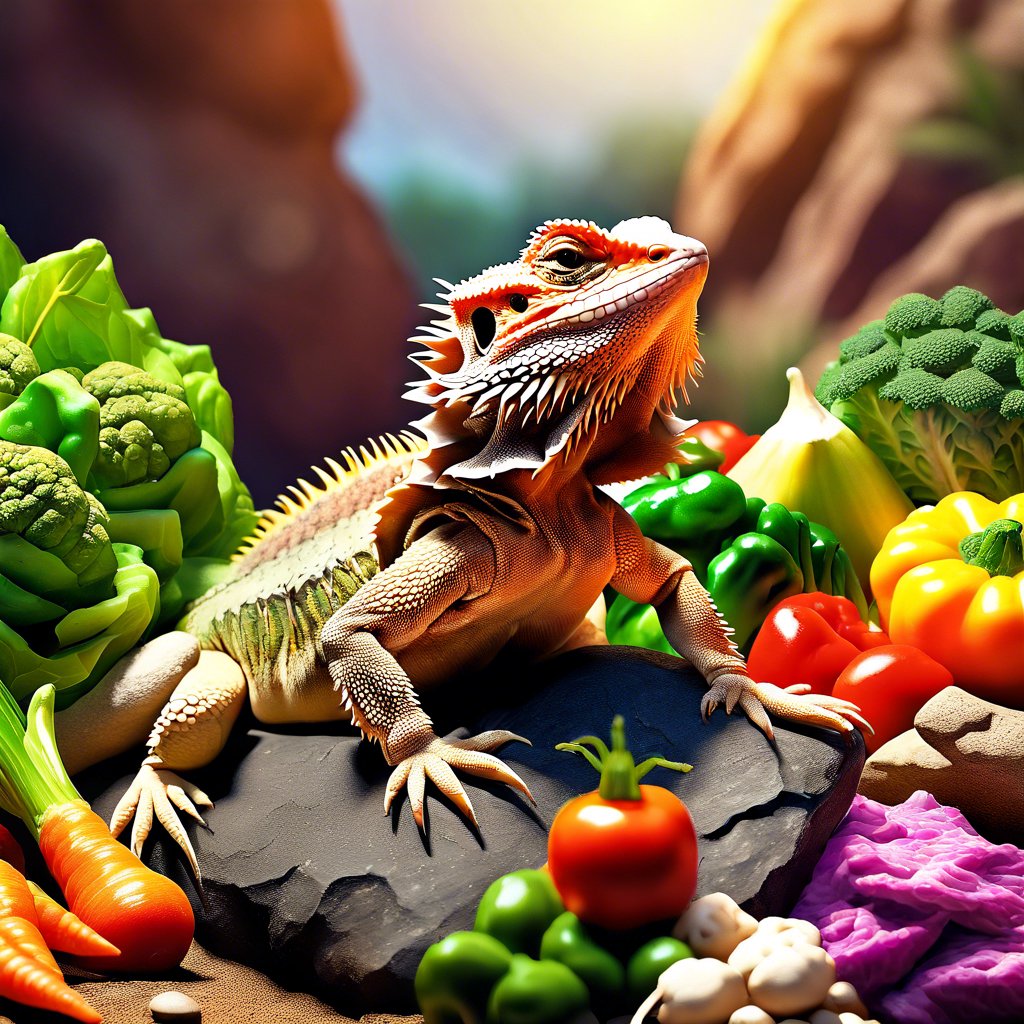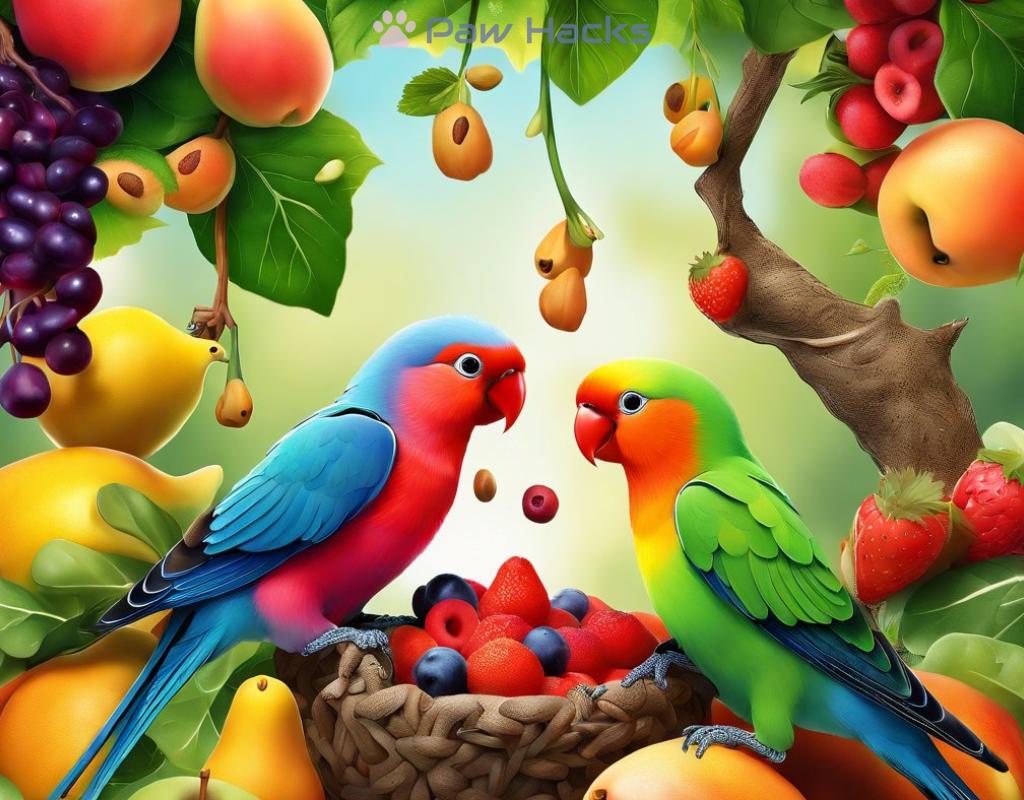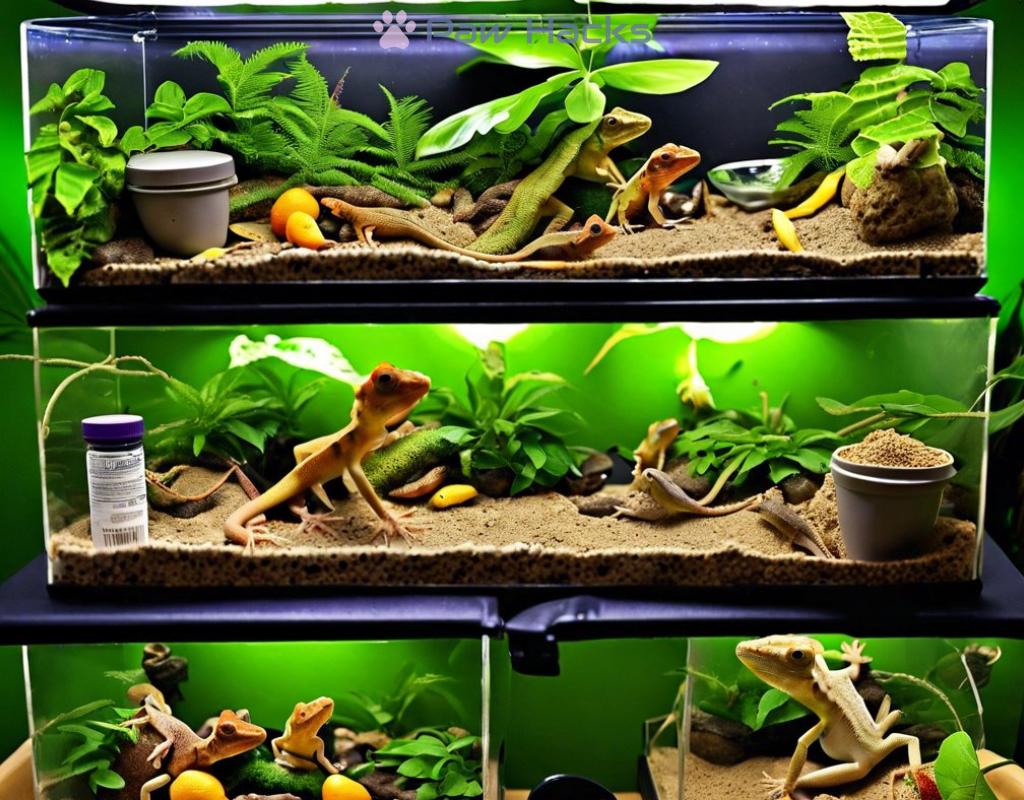Feeding Habits of Bearded Dragons
Bearded dragons, native to Australia, are among the most popular pet reptiles. A crucial aspect of their care involves understanding their feeding habits. What do these fascinating creatures eat? Let’s dive into their dietary preferences and nutritional requirements.
The Omnivorous Diet of Bearded Dragons
Bearded dragons are classified as omnivores, meaning they consume both plant and animal matter. This diverse diet is vital for their growth and overall health. In the wild, they feast on a variety of insects, fruits, and vegetables. When domesticated, it’s essential to replicate this balanced diet to ensure they thrive.
Essential Foods for a Healthy Bearded Dragon
In a bearded dragon’s diet, certain foods should be prioritized to meet their nutritional needs. Below is a list of recommended food items, along with their benefits:
- Crickets and Dubia Roaches: Excellent protein sources that help with muscle development.
- Leafy Greens: Kale, collard greens, and dandelion greens provide essential vitamins and minerals.
- Vegetables: Carrots, squash, and bell peppers add variety and nutrients.
- Fruits: Small amounts of fruits like strawberries and blueberries can be offered as treats.
It’s important to remember that not all insects are suitable for bearded dragons. Avoid feeding them wild-caught insects as they may carry parasites or harmful chemicals. Additionally, adult bearded dragons should have a diet that is approximately 70% plant matter and 30% protein.
Feeding Frequency and Tips for Owners
Feeding frequency varies depending on the age of the bearded dragon. Juveniles require more frequent feedings compared to adults. Here’s a quick breakdown:
| Age | Feeding Frequency |
|---|---|
| Hatchlings (0-3 months) | 3 times a day |
| Juveniles (3-12 months) | 2 times a day |
| Adults (1 year and older) | Once a day |
To ensure a successful feeding experience, here are a few tips:
- Dust insects with a calcium supplement to promote bone health.
- Introduce new foods gradually to avoid digestive issues.
- Always provide fresh water in a shallow dish.
Understanding the feeding habits of bearded dragons not only enhances their health but also strengthens the bond between pet and owner. A well-fed bearded dragon is a happy bearded dragon!
Share this content:



